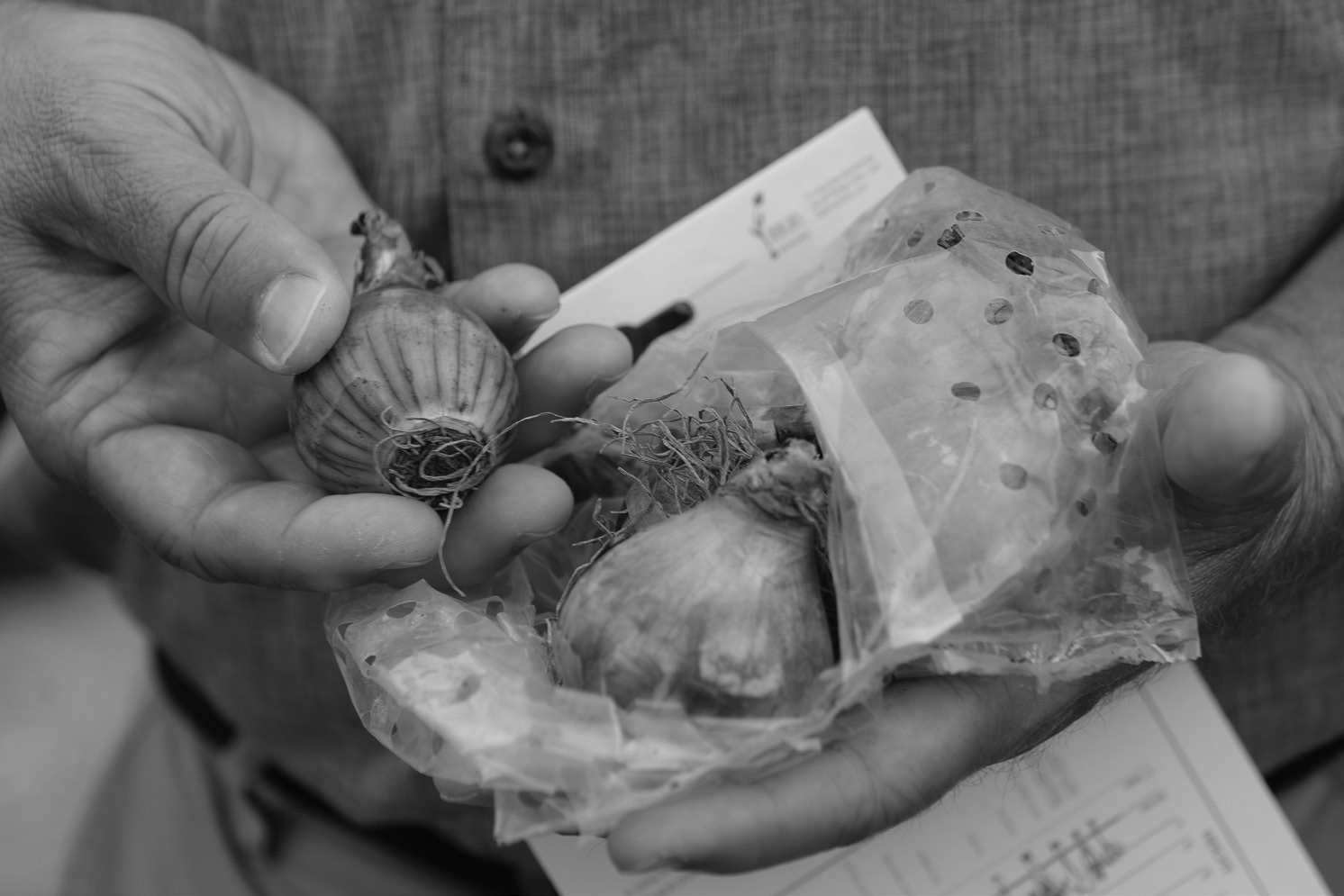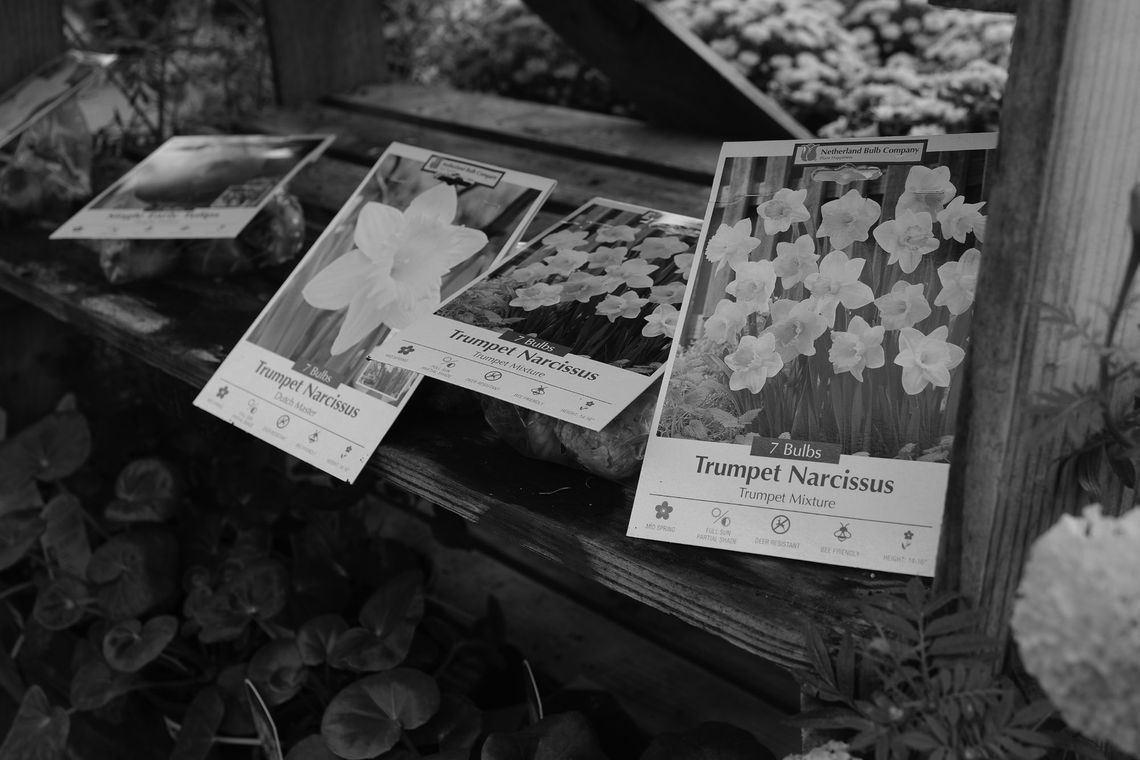Get it growing
Gardening often is an exercise in thinking ahead. Being able to enjoy flowers, foliage and food from the garden depends on whether you ticked off the requisite list of to-dos in previous seasons.
That’s definitely the case with flowers like daffodils that grow from bulbs.
While they won’t bloom until spring, now through November is when you need to plant these bulbs. This is because many of them require a certain amount of time in the chilly ground to trigger their beautiful blooms in February, March and April.
Don’t know much about bulbs? Don’t be intimidated — you might know more than you think.
Consider the onion that may be sitting around in your kitchen. That’s a bulb that happens to be edible.
A bulb is an underground structure that some plants use to store their food supply. It also produces shoots — so a bulb simply functions as a sort of giant seed that can be used to grow a new plant. Over time, that plant may eventually produce clumps of more bulbs called bulblets or offsets.
Many people order their bulbs from seed catalogs and websites. Your local garden center probably has a good selection of bulbs, too. (If you’re lucky, you might have a gardening friend who has divided and saved their own offsets and is willing to share from their stash.)
Wherever you shop, you’re likely to come across many bulbs labeled as various kinds of narcissus. This is a reference to the Narcissus genus, many members of which are commonly called daffodils.
These classic spring flowers come in shades of yellow, pink, orange, coral and white. For most daffodil species, each stem produces a single, large, trumpetshaped bloom.
The Narcissus genus also includes species that feature clusters of smaller blooms that are highly fragrant, such as jonquils (Narcissus jonquilla) and paperwhites (Narcissus papyraceus).
Bulbs typically are packaged in perforated plastic or paper bags, and they look a lot like onions — round with papery skins. If you’re shopping in person, take some time to carefully examine the bulbs. Squeeze them — they should feel firm with no soft spots. Make sure there are no signs of mold growing on them.
Once you bring your bulbs home, choose a well-drained bed that is sunny in the winter and early spring. Full sun is preferable, and part sun is OK. Steer clear of shady locations, or you’ll have fewer blooms and floppy plants.
Don’t plant the bulbs as deeply as advised on their package labels. LSU AgCenter horticulturists recommend planting larger bulbs no more than 4 to 5 inches deep and smaller bulbs 1 to 2 inches deep. We usually aren’t at risk of the ground freezing during winter in Louisiana, so it’s unnecessary to bury the bulbs as deeply here. Planting too deeply also can cause bulbs to rot in our climate.
While many springflowering bulbs should be planted in October and November, there are some exceptions — notably, hyacinths and tulips, which you’ll also find for sale this time of year. These need to be planted later, but go ahead and buy them, as they take some additional prep work.
You’ll need to refrigerate hyacinth and tulip bulbs for a minimum of six to eight weeks before planting. Place them in paper bags and store them in the fridge away from fruits, which emit ethylene gas as they ripen. This substance can damage the bulbs and prevent them from flowering.
Wait for a cold, wet day in January to plant. You may be miserable, but those conditions are ideal for putting these bulbs in the ground.
Hyacinths, tulips and many modern daffodils available in the general market likely will produce flowers for just one year. We tend to treat these bulbs as annuals in Louisiana because our climate just isn’t conducive to repeat blooming. North Louisiana may see better reblooming of these selections.
Finding high-performing, perennial Southern bulbs takes a little research. These heirloom varieties with proven heat tolerance and little demand for chilling are much better suited for naturalizing and providing years of enjoyment.



